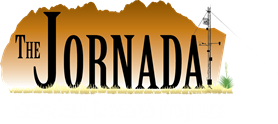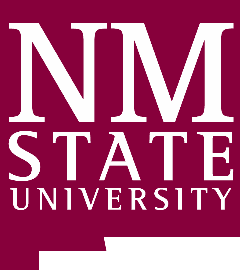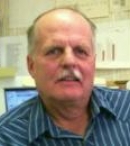- Retired Research Animal Scientist, USDA-ARS, Jornada Experimental Range, Las Cruces, New Mexico
- Collaborator, Jornada Basin LTER
- Adjunct Faculty, Department of Animal and Range Sciences, New Mexico State University, Las Cruces, NM
Primary Research Interests:
Twenty-first century production animal agriculture involving free-ranging animals is mandated to include more than just maximizing numbers, size or amounts. Animal welfare as well as maintaining or improving the ecological stewardship of landscapes are pivotal issues that are being addresses, not only because of legislation but because of their economic impact on producers.
The focus of Dr. Anderson’s 30+ year research career has been to use animal behavior to accomplish ecologically valid goals within a practical and flexible framework of management. This has involved melding innate animal behaviors with state-of-art electronics to accomplish management goals. Examples of this research approach include: autonomously obtaining cow live weights using electronic animal identification coupled with the animal’s need to drink water, monitoring botanical composition of pre- and post-digested plant samples using fluoremetry to provide the nutritional basis for controlling where and when animals are on a particular landscape by using directional virtual fencing (DVF™). Expanding the possibilities of mixed species stocking by incorporating DVF™ with the development of flerds to minimizes the negative impact canine predation has on small ruminants when large and small ruminants are stocked together.
| NMSU, Animal and Range Science class RGSC 294 & RGSC 317 April 6,2015 | ART & SCIENCE AT THE PLANT-ANIMAL INTERFACE Using animal behaviors to accomplish management goals |
|
Pembina Sheep Grazing Symposium 2014 "Multi-Species Grazing" October 15-16, 2014
|
Talks presented at the symposium by Dean Anderson: • Mixed Species Stocking - Bonding of Flocks & Herds to get Flerds |
|
Expanding the concept of bonding video
Mr. Faan dutoit - a mixed species livestock producer living in the “Karoo” region of the Northern Cape Province of South Africa has definitely pushed bonding beyond where research left off. |
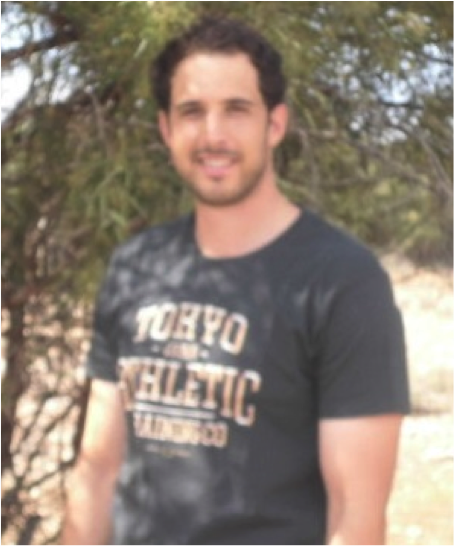 |
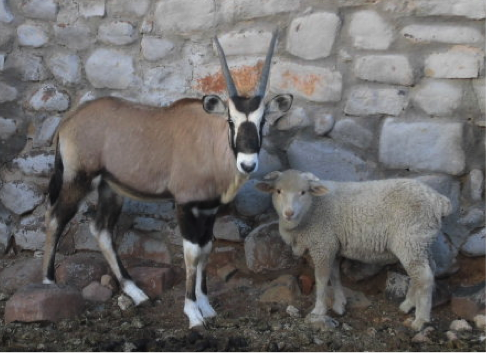 |
Recently he was able to bond his Merino sheep to a Gemsbok. The following video clip shows the result of having bonded 40, 18 month old Merino ewe lambs and two weathers to a donkey during a 60 day period and then placing them with an additional140 “non-bonded” ewes that had been socialized with the donkey for 40 days. Note that the donkey is definitely the leader and according to Faan dictates where the mixed-species group forages. Faan can be contacted at: dutoitfaan@gmail.com. |
|
Virtual fencing pioneer impressed with Australian ag technologies - The man considered the father of virtual fencing says the concept is the future of Australian production farming. Virtual fencing confines livestock to boundaries without the need for an actual fence, instead using coordinates, wireless technologies and sensors to control where the animals can graze. Dean Anderson from the United States Department of Agriculture has been speaking at a symposium at the University of Sydney Centre for Carbon, Water and Food at Camden about the opportunities virtual fencing provides. He says he's impressed with some of the technology being piloted in Australia. Listen to the rest of the story at http://www.abc.net.au/news/2013-09-30/virtual-fencing-pioneer-tours-australia-audio/4989412#.UkmszV2GooA.email by Gavin Coote | Source: ABC Rural | Duration: 4min 9sec
The Land of the Free: How Virtual Fences Will Transform Rural America - article in the Atlantic, February 7, 2013; This article was originally published on VENUE - Invisible Fences: An Interview with Dean Anderson, August 2012.
Invited presentation at the Joint Annual Meeting of the ADSA, AMPA, ASAS, CSAS, and WSASAS in Phoenix, AZ, July 15-19, 2012 - GPS/GIS Technology in Range Cattle Management (a maturing science)
Videos and clips from research: Moving cows using virtual fencing video, February 2009, view the movement of cow-calf pairs using only voice cues delivered from directional virtual fencing (DVF™) electronics carried by the cows on an ear-a-round (EAR™) composed of a neck saddle and stretch halter. Cues were not applied directionally in this trial.
Response of Bonded and Unbonded Sheep to the Approach of a Trained Border Collie, 1987. |
Virtual Fencing-A Corrective or Substantive Paradigm Changer for Managing Animal Dominated Landscapes (D Anderson) - presented at the 2013 Spatially Enabled Livestock Management Symposium on September 26-27, 2013, in Camden NSW, Australia (Note: PowerPoint may not properly download from Internet Explorer, use Mozilla Firefox or another web browser).
Videos and clips from research: Cows within a moving virtual paddock (VP TM), February - March 2004, view the movement of two cows (red and green dots) in a 200 m x 486 m VP™ that autonomously moved 1.1 m/hr between 0700 and 1700 hrs using directional virtual fencing methodology.
A cow's response to a static virtual fence, April 2001, view the first time response of a cow instrumented with directional virtual fencing electronics when encountering a static virtual boundary (VB™), established using global positioning system (GPS) technology.
Bonding and Mixed Grazing, 1993. |
Professional Experience:
- 1977 to 2015 - Research Animal Scientist, USDA-Agricultural Research Service, Jornada Experimental Range, Las Cruces, NM
- 1973 to 1977 - Graduate Research Assistant, Texas A&M University, College Station, TX
- 1969 to 1973 - Graduate Research Assistant, Colorado State University, Fort Collins, CO
Education:
| 1977 | Ph.D. | Range Science, Texas A&M University, Graduate Research Assistantship and Tom Slick Foundation Fellowship |
| 1972 | M.S. | Agronomy, Colorado State University, National Defense Education Act Fellowship |
| 1970 | B.S. | Biology, University of Southern Colorado, four-year Joint Honor Scholarship, graduated with Distinction |
